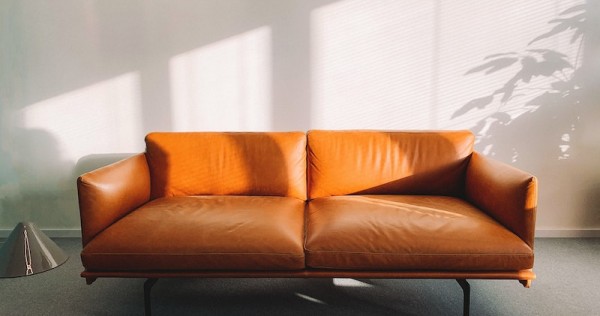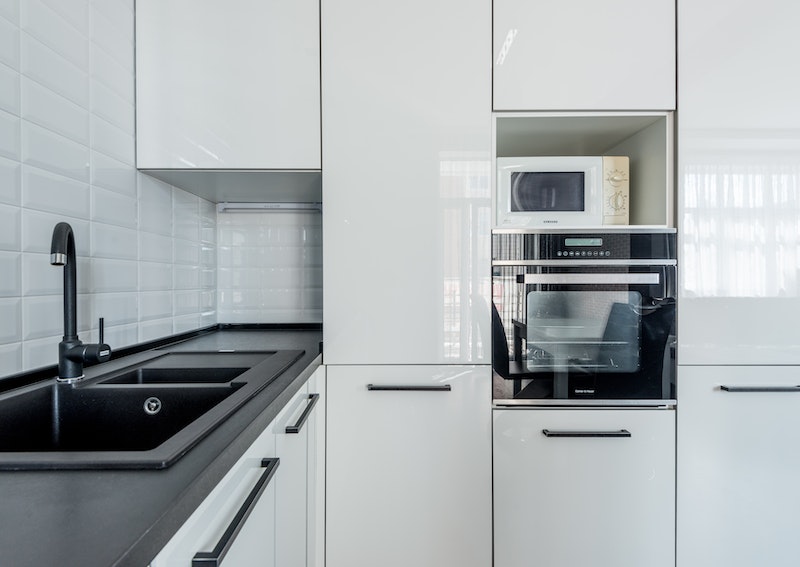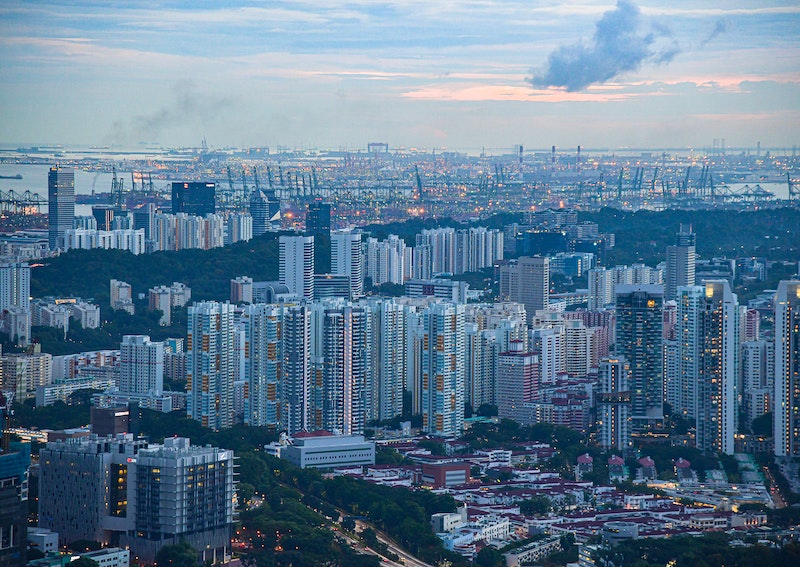Furniture, Renovation and Stamp Duty: Things to Include in Your First Home Budget, Money News

This is the third part of our first home series; Click here to read parts one and two.
We’ve finally come to the final part of our three-part article. In our first article, we went through the different ways to pay for your home, and in our second part of the article series, we mentioned the different types of insurance that you can (and must) get for your home.
Look where we are; You’ve come this far, but it’s not a long, long way! Here is the last article on renovation, furniture and stamp taxes!
renovation loan
Renovation costs are typically the second highest cost of your primary home after mortgages.
There are many types of interior design: from electrical to joinery to furnishings and even changing the layout of the house by chopping or installing walls.
On average, Singaporeans spend up to 20 percent of their home value, or about $50,000 to $60,000, on home renovations.
The style of renovation can also differ depending on the current trend and how much work and materials are needed to decorate the apartment.
Most experts recommend setting a budget first and subtracting 15 percent from that total. If your renovation budget is $50,000, you should aim for $42,500 or less and for the remaining 15 percent (or $7,500 in this example) expect things to not go as planned.
By creating a 15 percent buffer, you can be assured that the project can be accomplished at your cost and will not place a financial burden on you or your family.
Renovation loans come in the form of personal loans; On average, renovation loans in Singapore charge around 5.33 percent interest and a one-off processing fee of 0.75 to 2 percent upfront, for a total cost of around 6 to 7 percent.
Unlike other common installment loans that banks offer, the interest rate on a home improvement loan is called the “residual interest rate.” This means that you make an interest payment on the outstanding balance of your loan.
Personal loan for furniture

Furniture and appliances are the final expenses of your first home, just like the final piece of the puzzle. You have to find the balance between prices, aesthetics and quality of your household items.
First, finding the right budget for furniture is crucial. While IKEA offers the highest quality furniture with a sleek and minimalist aesthetic, there are cheaper alternatives to choose from such as B. local bespoke or vintage furniture.
You can even sign up for credit cards that reward high spend, wait for good sales with the best deals, and keep your horizons open to alternatives.
When choosing household appliances, on the other hand, you should consider the long-term costs associated with the electricity consumption of the appliances (and water consumption for washing machines and dishwashers).
Try to balance the initial cost of the electrical appliances and their potential energy efficiency savings.
stamp duty

Stamp duties are government cooling measures to regulate property price growth in Singapore.
There are a few types of stamp duty: Buyer’s Stamp Duty (BSD), Seller’s Stamp Duty (SSD) and finally, for private property, Additional Buyer’s Stamp Duty (ABSD).
BSD is a tax levied on every home buyer. When you buy a property, BSD is always payable.
It is calculated based on the property price. The higher the price of your new home, the higher the BSD you would have to pay.
On the other hand, SSD is a tax levied on most home sellers. SSD is calculated depending on the year of sale.
If we wish to sell our property within three years from the date of purchase or acquisition, we must pay four percent to 12 percent of the actual sale or market value of the property, whichever is greater.
There are exceptions to seller’s stamp duty, which are mainly statutory:
- Land owners whose property is acquired by the government (Land Acquisitions Act)
- Property owners who have been declared bankrupt and are forced to liquidate their property
- Foreigners (Home Ownership Act)
- SERS has identified apartment owners who sold their apartment before HDB claims the apartment
- HDB repossessing the apartment due to SERS or other refund reasons
- If we inherit an HDB apartment / marry another person who owns an HDB apartment while we own one and are required by the HDB to sell the inherited apartment
ABSD is a tax levied on the higher purchase price of a property or market value for private homes. It was introduced in 2011 as a property-cooling measure by pushing prices up to dampen property demand.
It is levied on top of the BSD and only applies to buyers who meet certain criteria, including residential status and number of properties owned.
As of May 2022, the ABSD has increased to 35 percent for each transfer of ownership in all living trusts.
Conclusion
Now that you’ve reached the end of the final article in our three-part series (if you haven’t read the previous two articles on mortgages and insurance, don’t miss them!), you’re finally ready to start planning your first home.
It might be intimidating at first, but you will find that the journey is worth it step by step.
ALSO READ: 4 Things to Look for in a Renovation Loan
This article was first published in ValueChampion.
